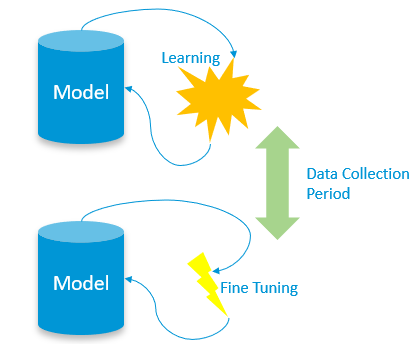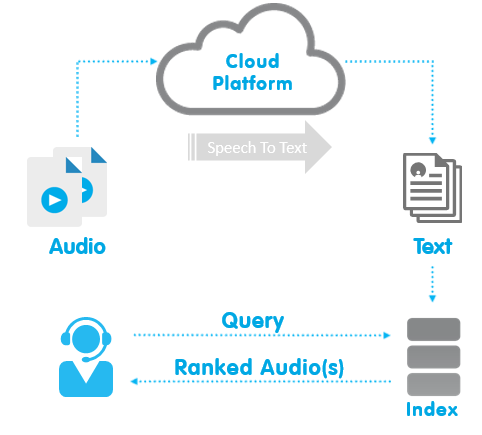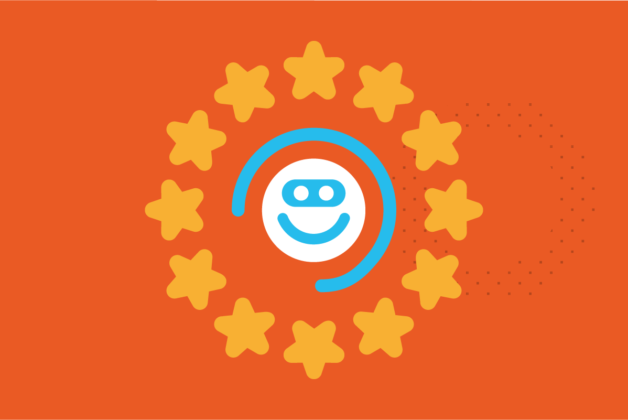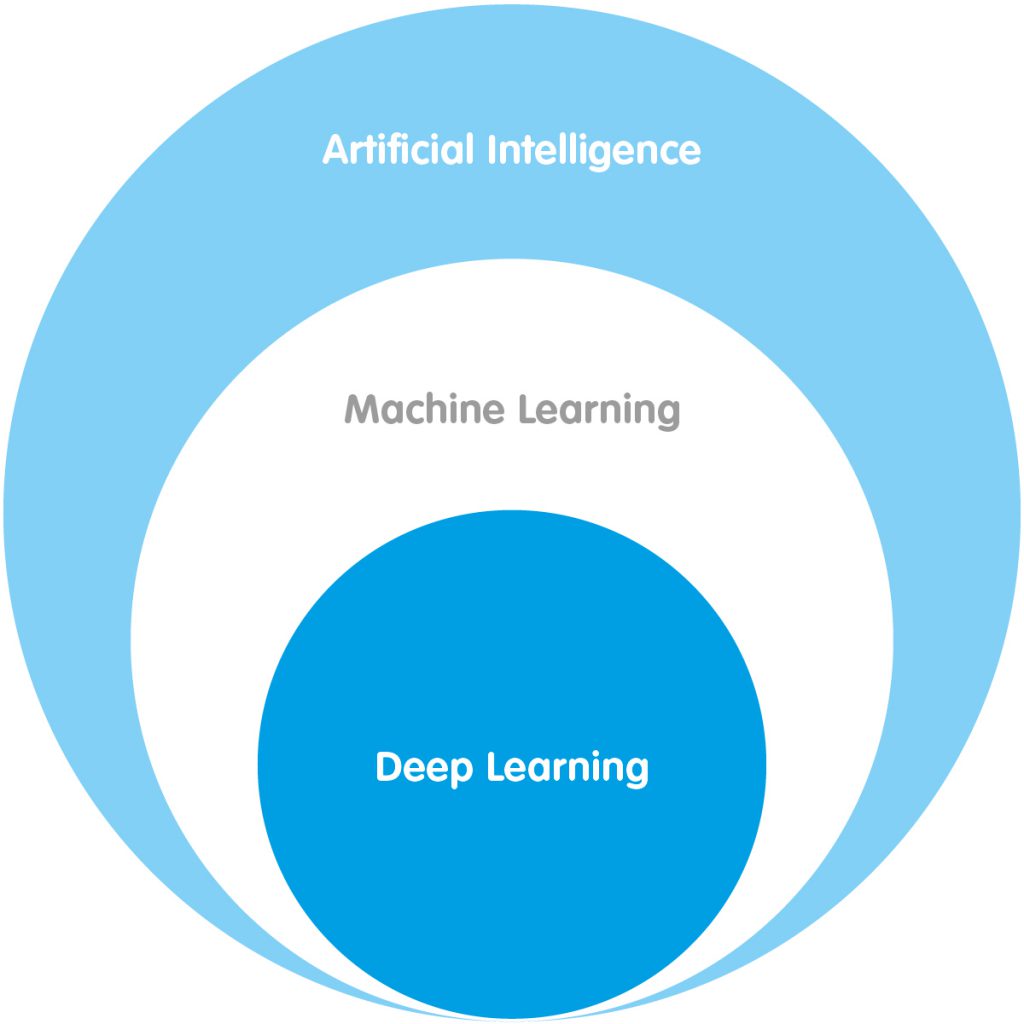 Siehe
Siehe
Artificial Intelligence (and me) in today’s world.
Artificial intelligence: what it is and why it matters.
General applications.
Classification.
Regression.
Image Processing.
SpeechToText and sentiment analysis.
Continuous Learning.

The Data Problem.
[Spoiler alert!] How to improve your UC systems with AI.
After a far-reaching investigation about the possibility of introducing this new technology into our company, we’ve come to identify some application areas that we want to develop.
The first step will be to enrich and enhance our Call Recording solution.
By inserting additional modules, we will enable particularly attentional functions, thus enriching and making the application more personal through third-party AI SpeechToText algorithms (e.g., Google).
Then, based on the results, we can start thinking about additional modules to use internal ML algorithms that allow textual analysis to obtain significant business outcomes, and so on.
(By the way, don’t know our Call Rec solution yet? No prob! Just press play!)
And this is just the start: the Imagicle future holds many other surprises.
We’ll rattle off some of them through the use cases you find below – those that you’ll see integrated into our applications soon!
Wanna take a closer look to see if you find them as amazing as we did? All right!
Just make sure you keep it under your hat.


Are you up to the challenge?
#stayimagicle
Sie könnten auch interessiert sein an...
-
Products BlogCloud or Dedicated Cloud. What’s best?Cloud or Dedicated Cloud. What’s best?You're migrating to the Cloud and you need to choose between a public or private instance? This article will help you.
-
Release BlogWebex Single Sign-On for Imagicle apps. Simplified access, increased security.Webex Single Sign-On for Imagicle apps. Simplified access, increased security.With Spring '22, all Imagicle apps will be accessible through Webex's Single Sign-On. Find out how this make your life easier.
-
Products BlogImagicle Attendant Console for Webex Calling: the operator console that was missing.Imagicle Attendant Console for Webex Calling: the operator console that was missing.Discover a new native integration. Attendant Console is fully compatible with all Cisco platforms!
 Welcome
Welcome Automate
Automate Ensure
Ensure Analyze
Analyze Andere
Andere

0 Kommentare